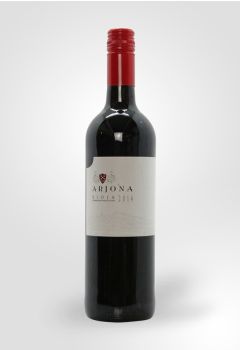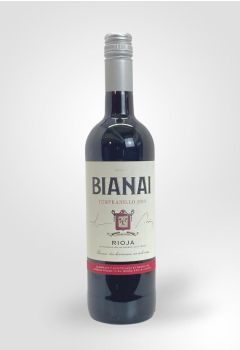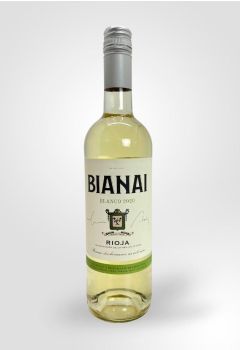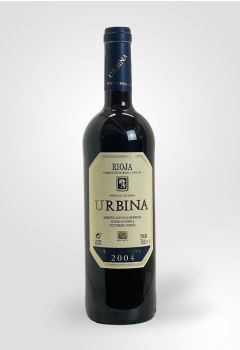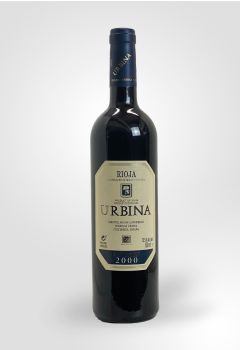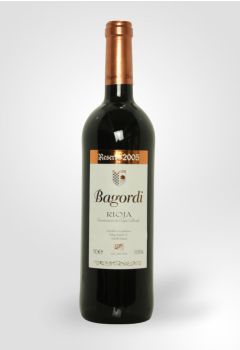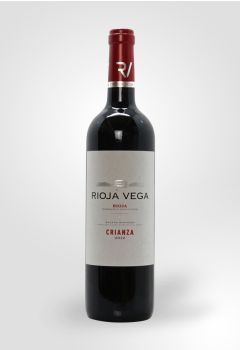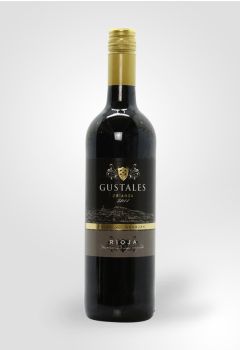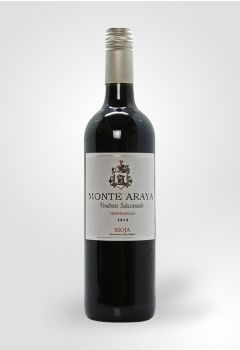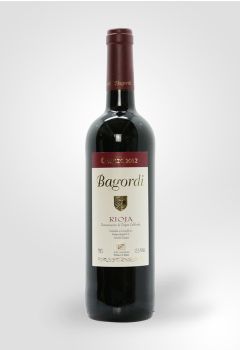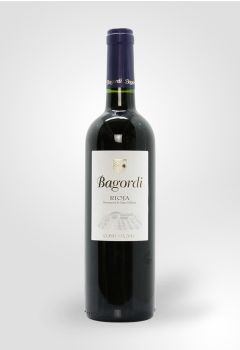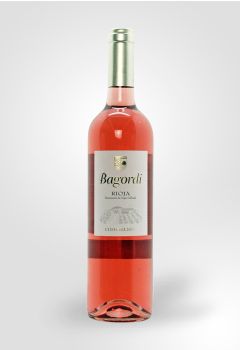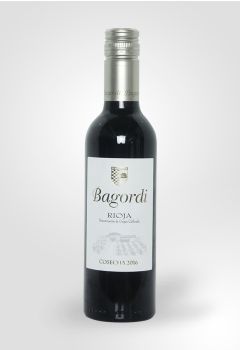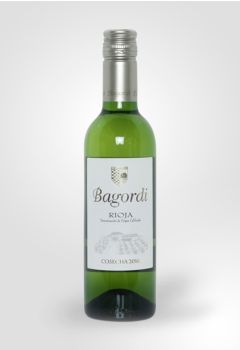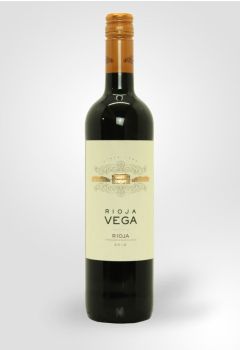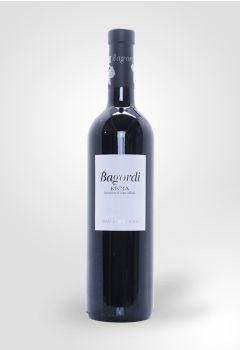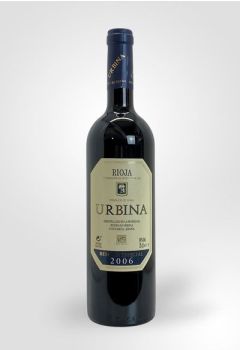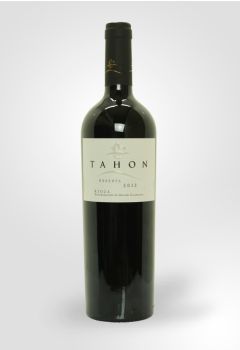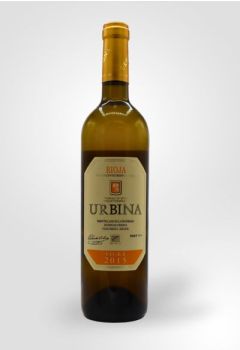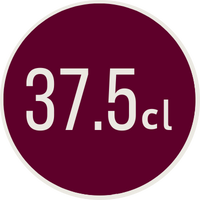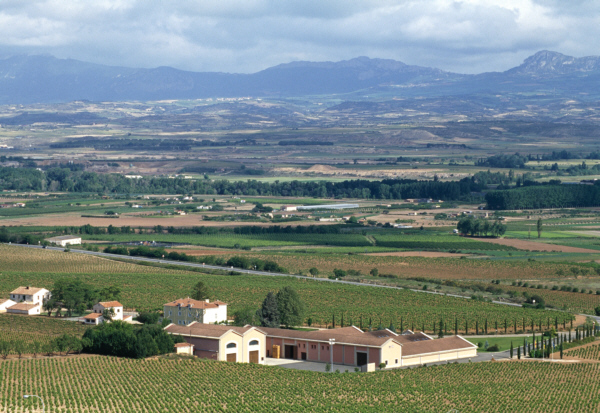
-
- Origin
- Spain
- Rioja
A bright ruby-red in colour with shades of violet, typical in its youth. The aroma is open and fruity with light touches of vanilla and other spices. Read More- Origin
- Spain
- Rioja
A bright ruby-red in colour with shades of violet, typical in its youth. The aroma is open and fruity with light touches of vanilla and other spices. Read More -
- Origin
- Spain
- Rioja
Brilliant, pale straw yellow in colour with greenish hues. Fruity, varietal bouquet with a fresh mouthfeel and good balance. Read More- Origin
- Spain
- Rioja
Brilliant, pale straw yellow in colour with greenish hues. Fruity, varietal bouquet with a fresh mouthfeel and good balance. Read More -
- Origin
- Spain
- Rioja
An excellent Gran Reserva Rioja which seduces you with expressive aromas of black fruit, leather and cedar that carry onto a wonderfully rounded palat... Read More- Origin
- Spain
- Rioja
An excellent Gran Reserva Rioja which seduces you with expressive aromas of black fruit, leather and cedar that carry onto a wonderfully rounded palat... Read More -
- Origin
- Spain
- Rioja
Made from the best, 20-year-old Tempranillo grapes of the acclaimed Urbina estate, this stunning Rioja expresses intense aromas and flavours of dark b... Read More- Origin
- Spain
- Rioja
Made from the best, 20-year-old Tempranillo grapes of the acclaimed Urbina estate, this stunning Rioja expresses intense aromas and flavours of dark b... Read More -
- Origin
- Spain
- Rioja
Tempranillo richness, ripe dark fruit, hints of vanilla and spice, structured tannins, well-integrated oak and a lingering, velvety finish. A beautifu... Read More- Origin
- Spain
- Rioja
Tempranillo richness, ripe dark fruit, hints of vanilla and spice, structured tannins, well-integrated oak and a lingering, velvety finish. A beautifu... Read More -
- Origin
- Spain
- Rioja
A velvety and well-structured red Rioja with aromas of ripe fruit (blackcurrants and cherry), toasted cinnamon, caramelised toffee and butter. Read More- Origin
- Spain
- Rioja
A velvety and well-structured red Rioja with aromas of ripe fruit (blackcurrants and cherry), toasted cinnamon, caramelised toffee and butter. Read More -
- Origin
- Spain
- Rioja
This excellent barrel-fermented white Rioja has a yellow green colour and an intense nose of clean citrus fruit, pleasant toastiness with subtle notes... Read More- Origin
- Spain
- Rioja
This excellent barrel-fermented white Rioja has a yellow green colour and an intense nose of clean citrus fruit, pleasant toastiness with subtle notes... Read More -
- Origin
- Spain
- Rioja
A traditional-style Rioja with aromas of black and red fruit paired with juicy plum and strawberry flavours. Silky smooth, yet complex red wine. Read More- Origin
- Spain
- Rioja
A traditional-style Rioja with aromas of black and red fruit paired with juicy plum and strawberry flavours. Silky smooth, yet complex red wine. Read More -
- Origin
- Spain
- Rioja
As Rioja goes, this is a very light and approachable style. It has a ripe cherry fruit character which combines well with savoury and spicy notes to c... Read More- Origin
- Spain
- Rioja
As Rioja goes, this is a very light and approachable style. It has a ripe cherry fruit character which combines well with savoury and spicy notes to c... Read More -
- Origin
- Spain
- Rioja
Intense black cherry in colour with an attractive, powerful berry-fruit nose and hints of vanilla and spice. Velvety soft with great depth of ripe red... Read More- Origin
- Spain
- Rioja
Intense black cherry in colour with an attractive, powerful berry-fruit nose and hints of vanilla and spice. Velvety soft with great depth of ripe red... Read More -
- Origin
- Spain
- Rioja
Aromas of blackberries and raspberries are supported by hints of hazelnuts and spices. Deep flavour paired with a medium to full-bodied structure evol... Read More- Origin
- Spain
- Rioja
Aromas of blackberries and raspberries are supported by hints of hazelnuts and spices. Deep flavour paired with a medium to full-bodied structure evol... Read More -
- Origin
- Spain
- Rioja
White wine from Rioja with a good balance between acidity and fruitiness, accompanied by intense aromas of ripe fruit, citrus and flowers. Read More- Origin
- Spain
- Rioja
White wine from Rioja with a good balance between acidity and fruitiness, accompanied by intense aromas of ripe fruit, citrus and flowers. Read More -
- Origin
- Spain
- Rioja
A pronounced nose of intense redcurrant fruit is joined on the palate by summer berries and soft spice. Half bottle size. Read More- Origin
- Spain
- Rioja
A pronounced nose of intense redcurrant fruit is joined on the palate by summer berries and soft spice. Half bottle size. Read More -
- Origin
- Spain
- Rioja
White wine from Rioja (half bottle) with a good balance between acidity and fruitiness, accompanied by intense aromas of ripe fruit, citrus and flower... Read More- Origin
- Spain
- Rioja
White wine from Rioja (half bottle) with a good balance between acidity and fruitiness, accompanied by intense aromas of ripe fruit, citrus and flower... Read More -
- Origin
- Spain
- Rioja
Elegant red wine with hints of liquorice and dark fruit both on the nose and the palate. Well-structured and easy to drink thanks to a low level of ta... Read More- Origin
- Spain
- Rioja
Elegant red wine with hints of liquorice and dark fruit both on the nose and the palate. Well-structured and easy to drink thanks to a low level of ta... Read More -
- Origin
- Spain
- Rioja
Great aromatic intensity and elegance, where the mature fruit dominates with hints of quince jam, figs, almond liquor, and pure cocoa assembled with b... Read More- Origin
- Spain
- Rioja
Great aromatic intensity and elegance, where the mature fruit dominates with hints of quince jam, figs, almond liquor, and pure cocoa assembled with b... Read More -
- Origin
- Spain
- Rioja
Savoury on the nose with a distinct vanilla oak bouquet. The palate is elegant and attractive with concentrated, ripe fruit and excellent length. The ... Read More- Origin
- Spain
- Rioja
Savoury on the nose with a distinct vanilla oak bouquet. The palate is elegant and attractive with concentrated, ripe fruit and excellent length. The ... Read More -
- Origin
- Spain
- Rioja
This incredible wine is aged 18 months in new American oak barrels, bottled and then aged another 16 months. This gives it a dark cherry/plum colour a... Read More- Origin
- Spain
- Rioja
This incredible wine is aged 18 months in new American oak barrels, bottled and then aged another 16 months. This gives it a dark cherry/plum colour a... Read More -
- Origin
- Spain
- Rioja
Light gold in colour. Aromas of white flowers, butterscotch, banoffee pie, dried mangoes, papaya and spices. A weighty palate showing great length and... Read More- Origin
- Spain
- Rioja
Light gold in colour. Aromas of white flowers, butterscotch, banoffee pie, dried mangoes, papaya and spices. A weighty palate showing great length and... Read More
Rioja is divided into three sub-districts - Riojas Alta, Alavesa and Baja - and the varying conditions within each suit different grape varieties. Grapes from all three can be blended together.
Vines and Styles
Red Rioja is often a blended wine and four grape varieties are traditionally permitted. Tempranillo is usually the most prominent and imparts the fresh fruit flavours, whilst Garnacha (Grenache) provides body and Mazuelo (Cariñena or Carignan) and Graciano are there for warmth and finesse. Once the wine is fermented (usually in stainless steel) and blended, it is almost always introduced to oak (those that are not are classed as joven or sin crianza) and then aged in the bottle. This is strictly regulated. A crianza wine must spend six months in oak and eighteen in the bottle, a reserva has been in oak for a year and will not be released until its fourth year, and a gran reserva is six years old when it goes on sale and has spent two years in oak.
The white wines are made from Viura (known as Macabeo in France), Malvasia and Garnacha Blanca. They are usually fermented in stainless steel and are often meant to be drunk young and fresh, but some examples are rich and perfect for aging.
Climate and Conditions
The three sub-districts of Riojas Alavesa, Alta and Baja have differing climates and soil types that allow the whole variety of grapes to thrive. Details of these can be found in their relevant sections.
Key Vintages
Both 2001 and 1998 are considered to be exceptional vintages and 2003, 2002 and 1999 were all judged to be good. Wines from these years are still readily available.

